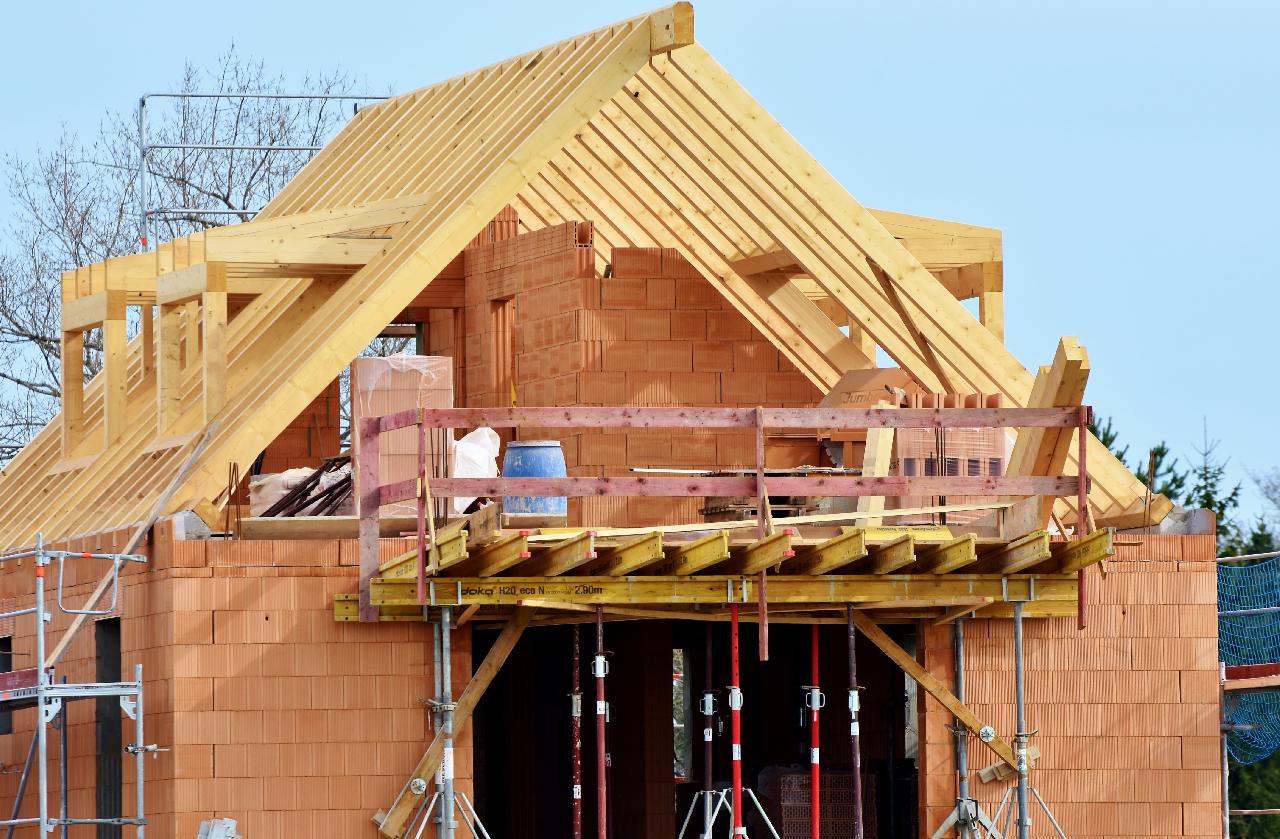The construction sector is experiencing a massive boom. The global construction industry experiences a CAGR of 9.2%, estimated to reach USD 11093.7 billion by 2024.
No doubt we see tremendous growth in construction job opportunities throughout the world, but it has its downside too. With the construction sector’s success, there is a compromise in the construction workers’ safety and security. Thousands of workers daily get injured at the construction sites.
However, The employer is responsible for ensuring the safety of his/her employees at work. The employees work in risky conditions at the construction site. Not only do they work with different types of chemicals, but they work with heavy-duty electrical equipment. With life-threatening accidents and chemical explosions because of hazardous raw material, fewer people are inclined towards construction jobs. It is about time to take appropriate measures to establish worker safety at the construction site.
The following are the ten essential safety rules for construction sites:
- Plan The Goals And Activities In Advance
Accidents usually happen when workers don’t know what they are doing. It is a great idea to sit with them everyday and discuss the day’s goals and activities. When they know what to expect, they will be mentally prepared. That will cut down on surprises that might otherwise cause harm. Investing in communication devices such as walkie-talkies is also a good idea. They will help the workers communicate with each other and their superiors quickly and efficiently. Planned projects progress faster and finish in time.
- Place Proper Signage Around The Site
Construction is a high-risk industry. The Occupational Safety and Health Administration (OSHA) and American National Standards Institute (ANSI) have implemented the Construction Sign and Site Signage Regulations to avoid the risk. These state that the construction industry should use safety signs to ensure the safety of its workers. At the same time, a Safe Work Method Statement (SWMS) and warning signs are the most prominent part of this regulation. It also outlines the use of ADA signs to protect physically challenged people from getting hurt.
ADA means Americans with Disabilities Act. According to the act, different industries must employ signs that are easy to read visually and through tactile touch. Placing such signs around stairs, ramps, and warning areas around a construction site helps the physically challenged personnel. These allow them to analyze the site better so they can get around more confidently and comfortably. Moreover, such signs also prevent pedestrians from getting in harm’s way.
- Train Your Workers
A construction worker receives his/her training on the job. But the one skill that he/she must learn before starting is safety. Most construction companies train their newbie workers in the safety protocol before allowing them to work. The Occupational Safety and Health Administration (OSHA) also regularly published resources where anyone can learn the standard safety and security practices. These include on-site training, worksheets, training videos, and pamphlets. Even experienced workers can benefit from these to refresh their knowledge.
- Safety Gear
Make Personal Protection Equipment (PPE) mandatory for all. Whether you are a worker or a visitor, your PPE acts as your last defense line against the on-site hazards. It begins with the hard hat that is there to protect your skull from falling materials. The high-viz jacket ensures that you are easily visible. And the safety boots deliver a better grip and protect your feet. While the safety gear goes beyond these, you and other on-site staff must put on at least these three. They won’t protect you if you don’t wear them.
- Avoid Putting Yourself Or Others At Risk
A construction site is a place where you should act smart. Your one wrong move can put you or others around you in danger. Here, everyone is responsible for their behavior. Whether you are the business owner, worker, or supervisor, you should always prioritize the safety of yourself and those around you. The best practice is to act according to the safety procedure and the day’s work plan.
- Plan For Adverse Weather Conditions
With the global climate changing rapidly, you cannot predict what the next day will bring. That’s why the longer construction projects should plan and prepare for any weather. From strong winds to heavy downpour, you must prepare to face anything. A contingency plan with clear instructions for workers to stop working in unfavorable weather is a good idea. It should also include the protocol they should follow in case of a natural disaster.
- Use Safe Construction Equipment
Safe construction equipment is one of the most important safety rules for construction sites. Equipment and machinery-related accidents are some of the most common to happen at construction sites. That is why you must purchase and use the proper equipment. Your workers will always be at risk from a wrong or malfunctioning tool or equipment without it. Please make a point of regularly maintaining all the equipment to stay in a good usable condition.
- Follow Safety Protocol
Construction sites are a high-risk area where accidents are common. You can avoid them only if you take the necessary precautions. These include drafting and strictly implementing safety protocols. The site should also have limited access so that unauthorized people cannot enter. Work performed under careful supervision also ensures the safety of the pedestrians passing by the construction site.
- Close Security Checks
In an ideal situation, the construction workers would realize the importance of safety precautions for themselves and those around them. But people are breaking the rules often. That’s why businesses must employ competent supervisors who can ensure workers follow all the safety protocols and do close security checks on the working site daily. The supervisors will keep an eye on all the workers and ensure that they do not indulge in activities that may bring them or others harm.
- Ensure The Best Working Conditions
It is always good to step ahead and create a comfortable work environment for all your workers. Construction workers work under the most challenging conditions. They are exposed to the sun for long hours no matter what the temperature. That’s why every construction site should have drinking water for their workers to prevent dehydration. They should also have a shaded rest area to keep them safe from exposure-related illnesses. A fabric cover over incomplete sites also decreases the chance of injury. These small things are easy to overlook, but overlooking them can cause an on-site accident.
Conclusion
The construction industry is a high-risk one. It is well-known for workplace accidents, injuries, and deaths. Today, the number one goal of the initiative is to reduce these to a minimum. The fewer accidents there are, the more safe the industry will be to work. The best way is to practice the safety protocol strictly. Teaching the workers about safety rules is not enough. You should also train them to follow it strictly and enforce stringent safety laws. Hence, training, supervision, and proper equipment are the only ways to reduce construction-related accidents each year.
Discover more from Futurist Architecture
Subscribe to get the latest posts sent to your email.



